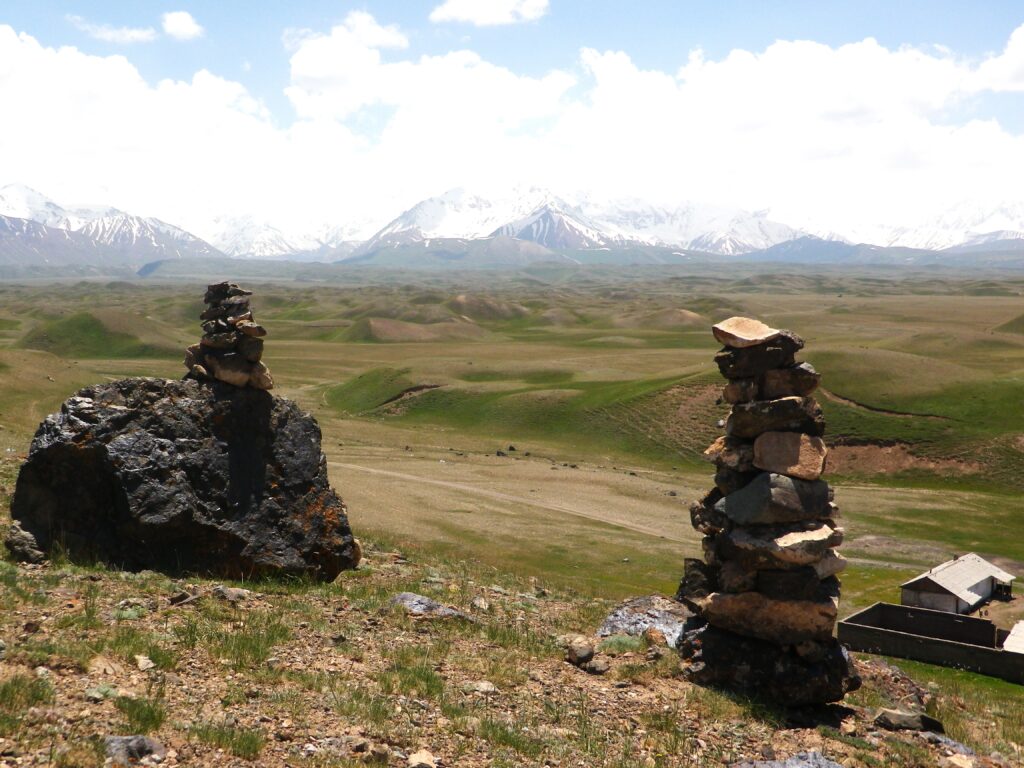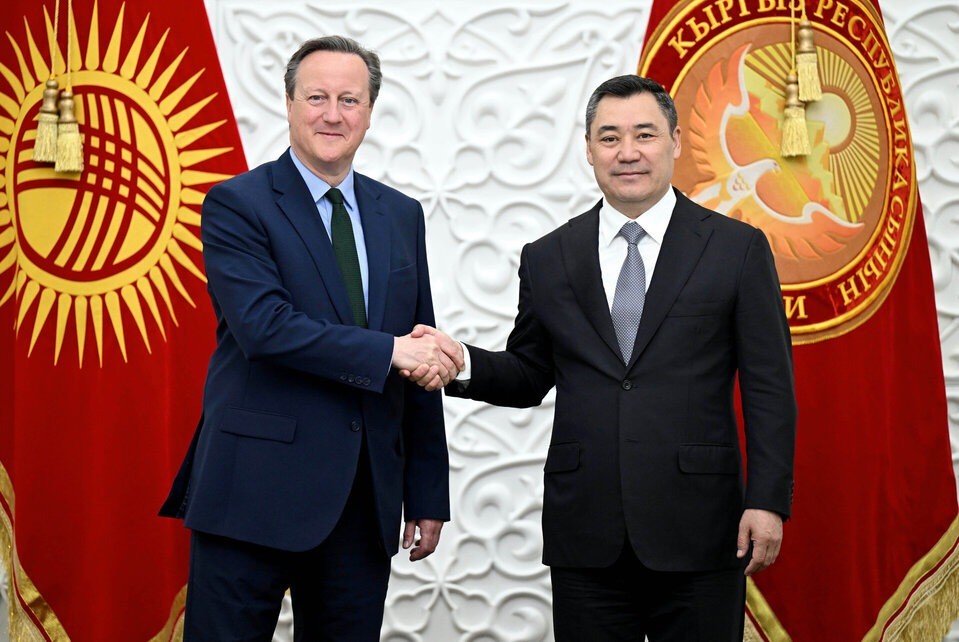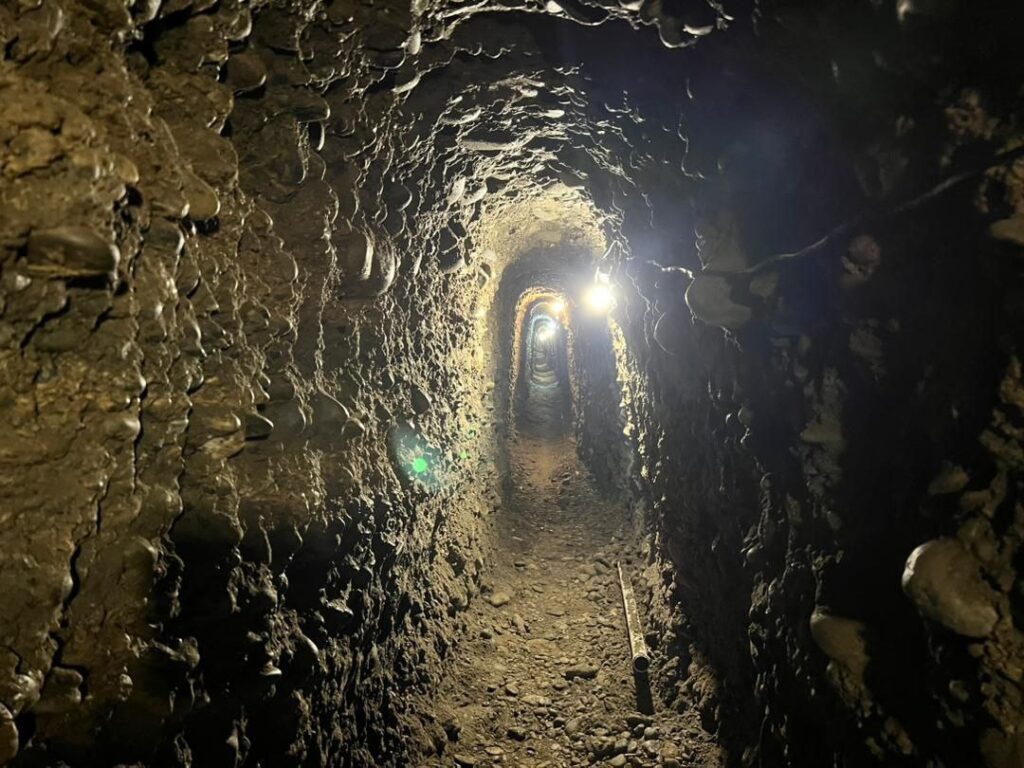Tajikistan and Kyrgyzstan May Swap Territories to Ease Border Tensions
In order to solve their long-running border demarcation dispute, Kyrgyzstan and Tajikistan may consider the option of exchanging territories. That's according to remarks made by Marat Imankulov, the Secretary of the Security Council of the Kyrgyz Republic, in an interview with state news agency, Kabar. According to him, the remarkable thing is that the border in the Batken region passes through difficult terrain, densely populated areas, bisecting streets, yards, and even houses. “Therefore, it should be separated. This is a difficult compromise. It is impossible without it. We have to give way. If necessary, the option of exchanging regions can be considered. Of course, there should be a preliminary agreement with local residents; that's how things are going now,” said Imankulov. The Secretary of the Security Council noted that each country has its own interests, but the parties are now looking for balance and compromise. Imankulov added that all border negotiations should proceed peacefully. Demarcation of the border has been a long-standing source of conflict between the two nations, it is emblematic of the problem that even the length of the border - sometimes cited as being 975-kilomtres long, and at others times 972-kilomteres - is rarely agreed upon. In January 2023, Tajikistan’s President Rahmon stated that 614-kilometres had been settled upon, backtracking on a previously stated figure of 664. In a sign of thawing relations, however, on November 9th 2023, the Cabinet of Ministers of the Kyrgyz Republic announced that a further 17.98 kilometers of the border had been agreed. With its scant natural resources and dwindling water supplies, the border between Kyrgyzstan and Tajikistan has been the scene of numerous skirmishes for many years. In 2014, all borders between Kyrgyzstan and Tajikistan were closed indefinitely to Kyrgyz and Tajik citizens following clashes over a bypass road in disputed territory; mortars were fired and both armies suffered casualties. Trouble spilled over again throughout 2021 and 2022, reportedly starting over a water dispute in the Vorukh enclave, and leaving an unknown number in the hundreds killed, and up to 136,000 people evacuated. In September 2022, another shooting took place on the border between the two countries.








